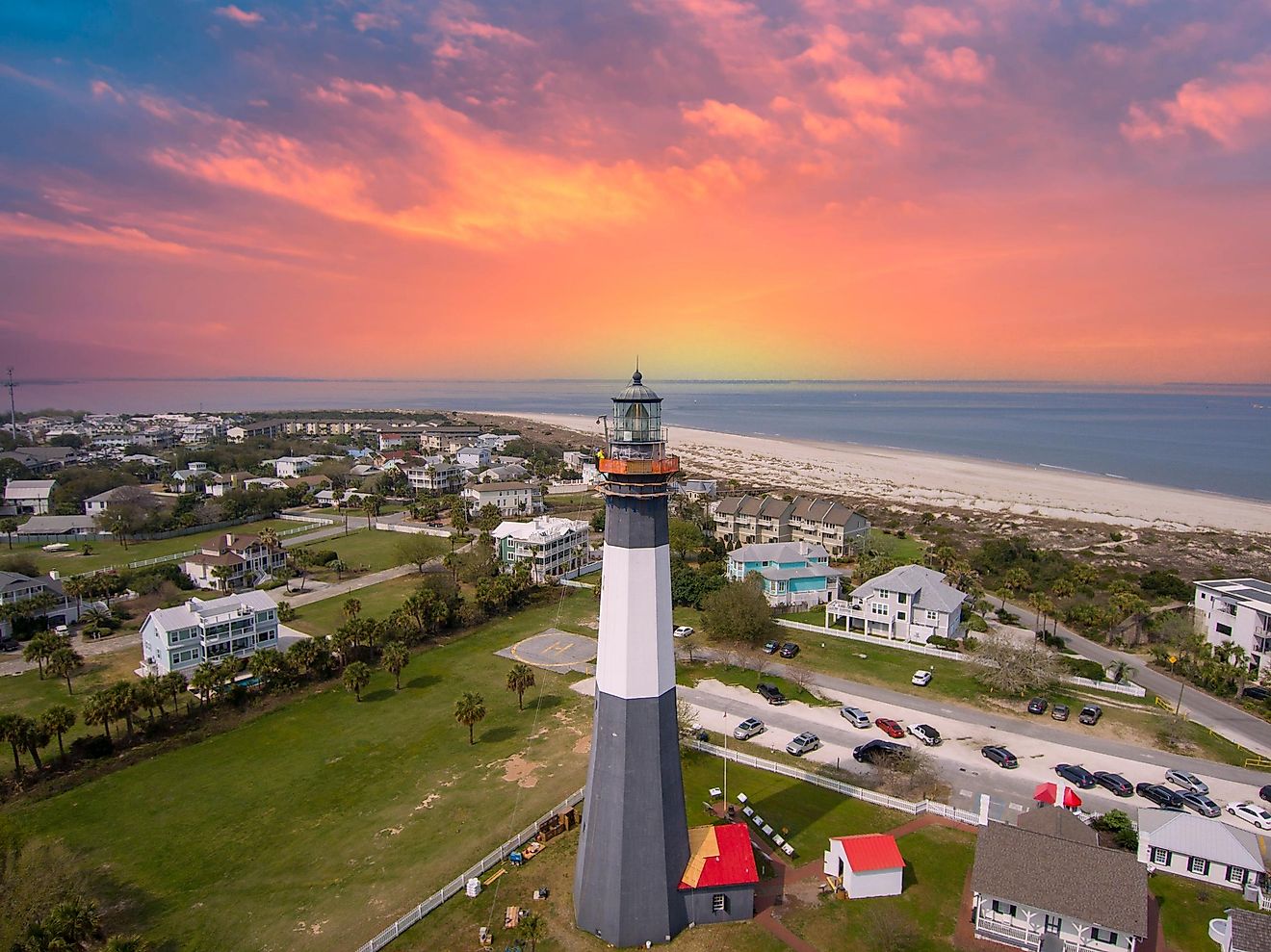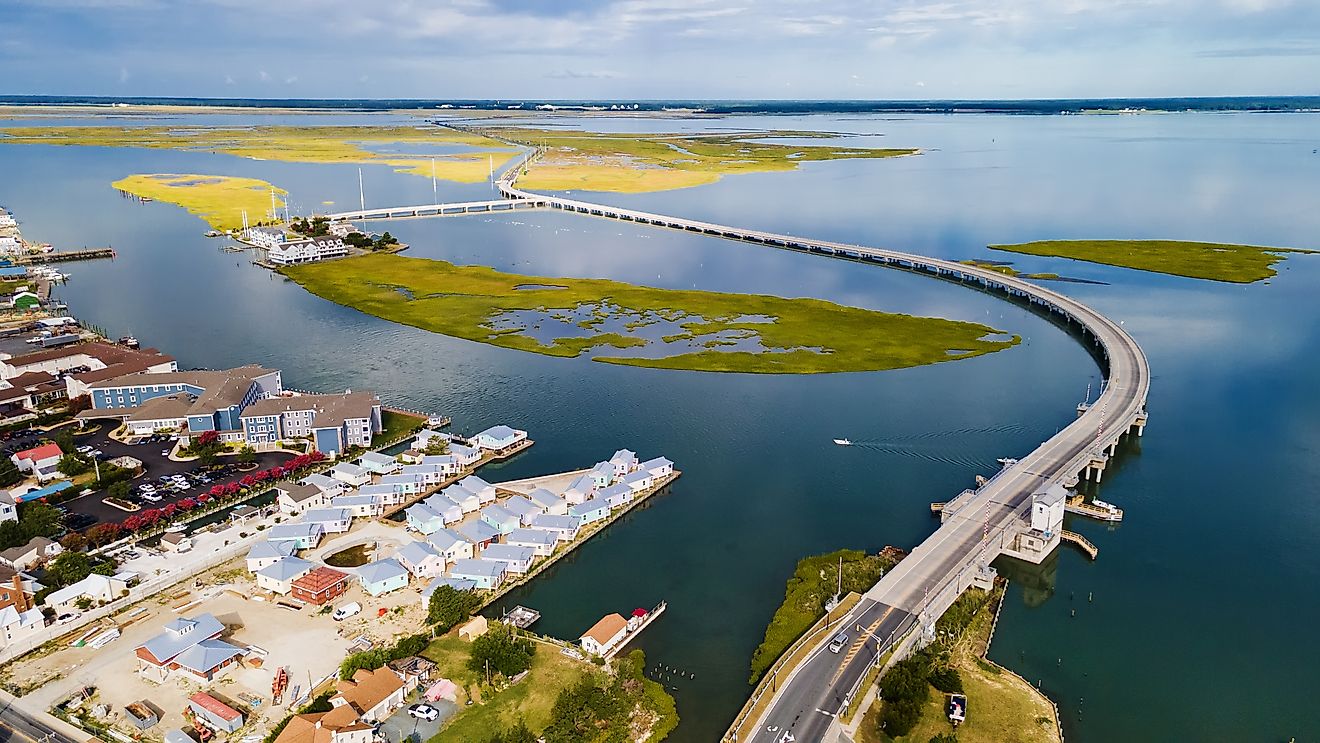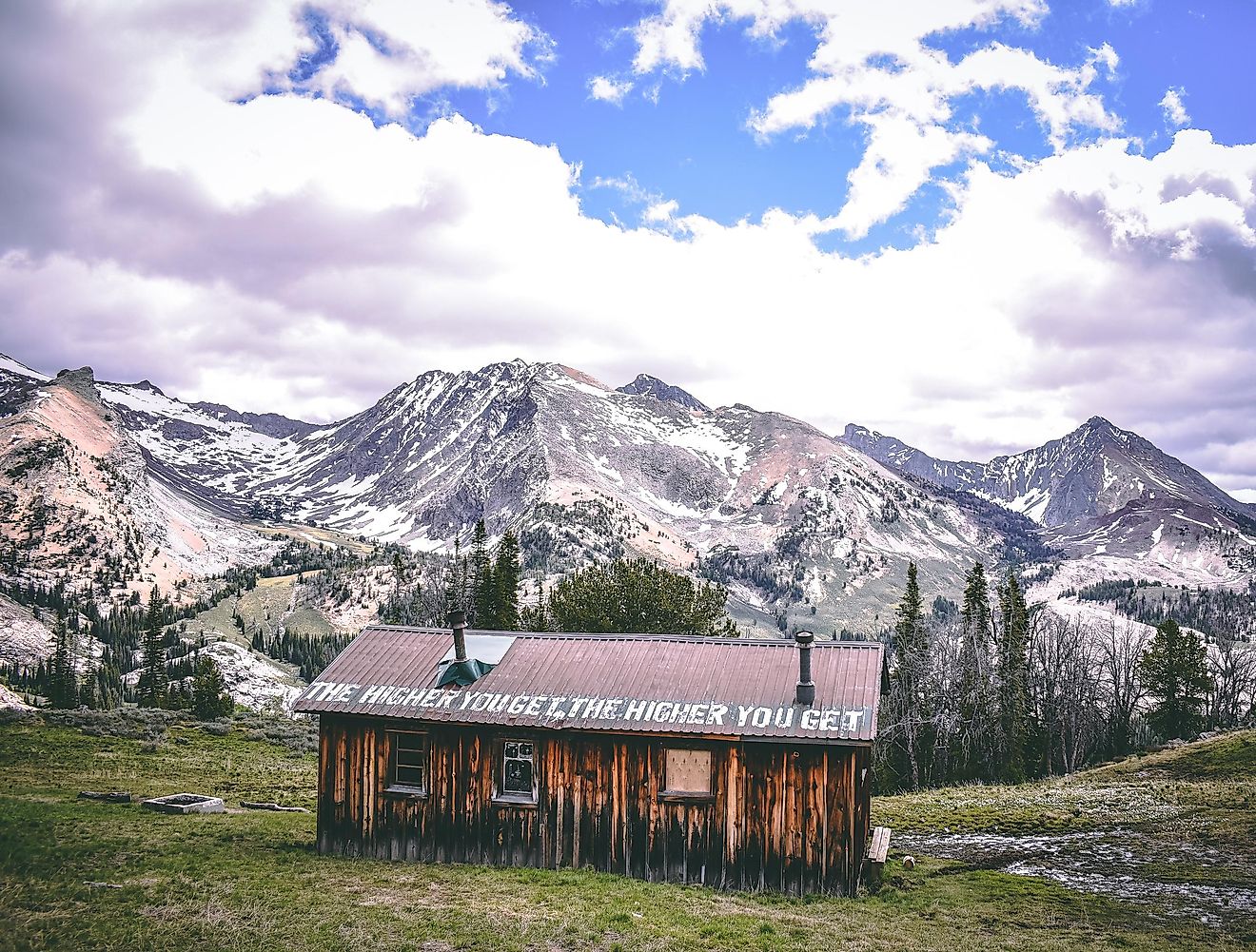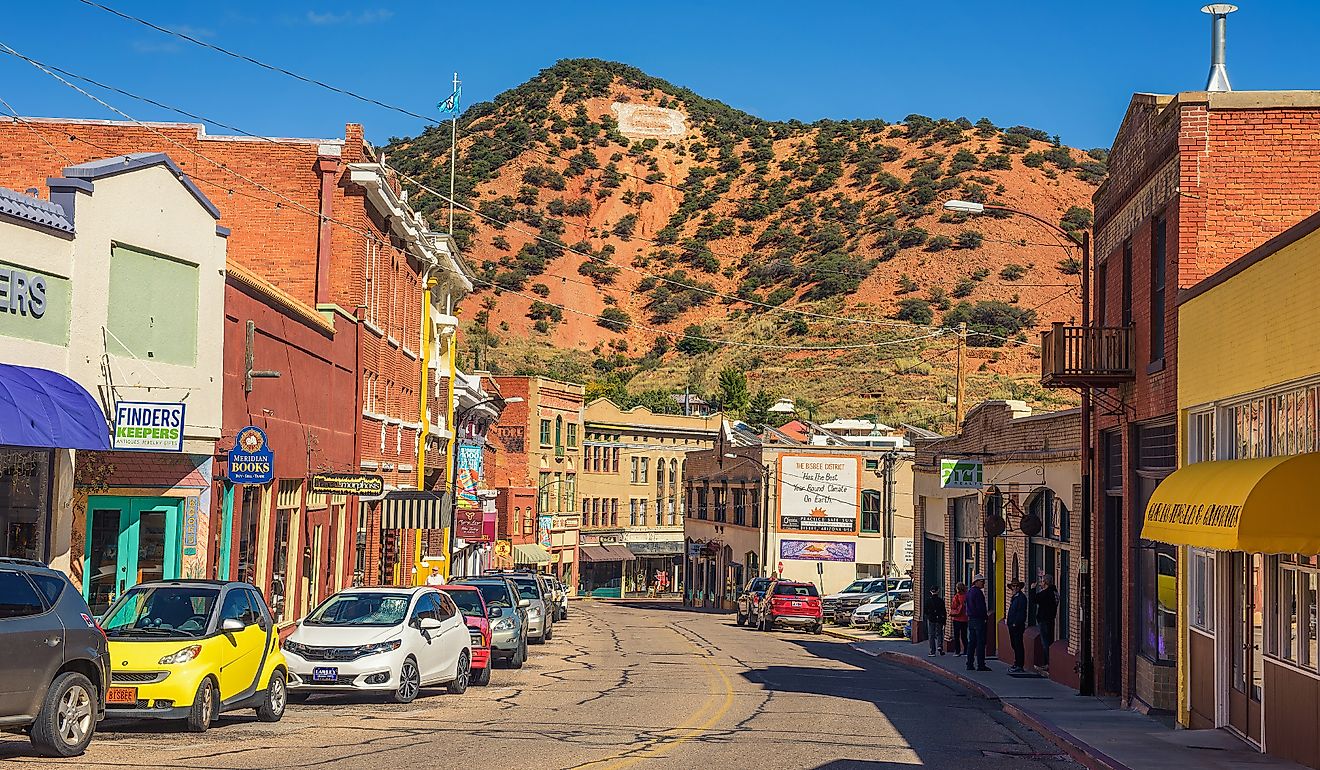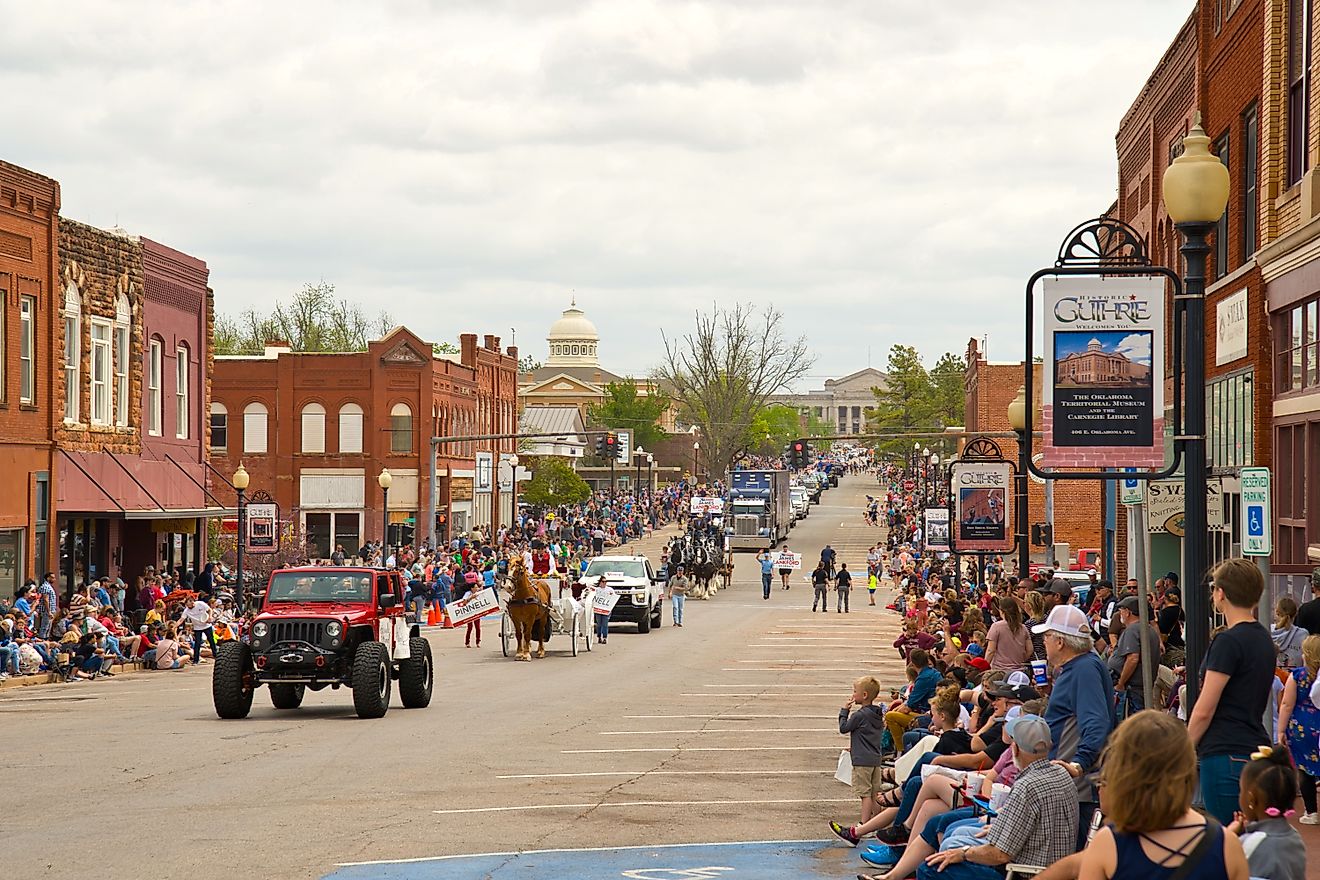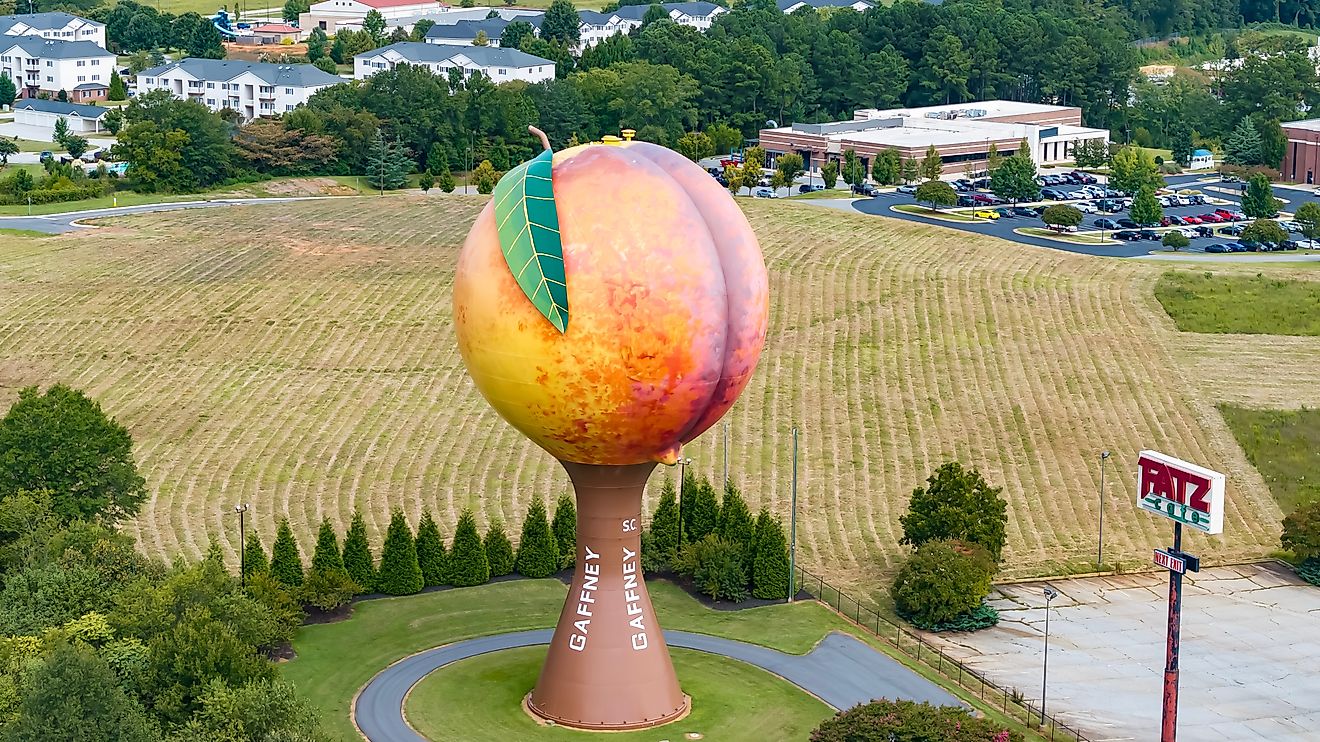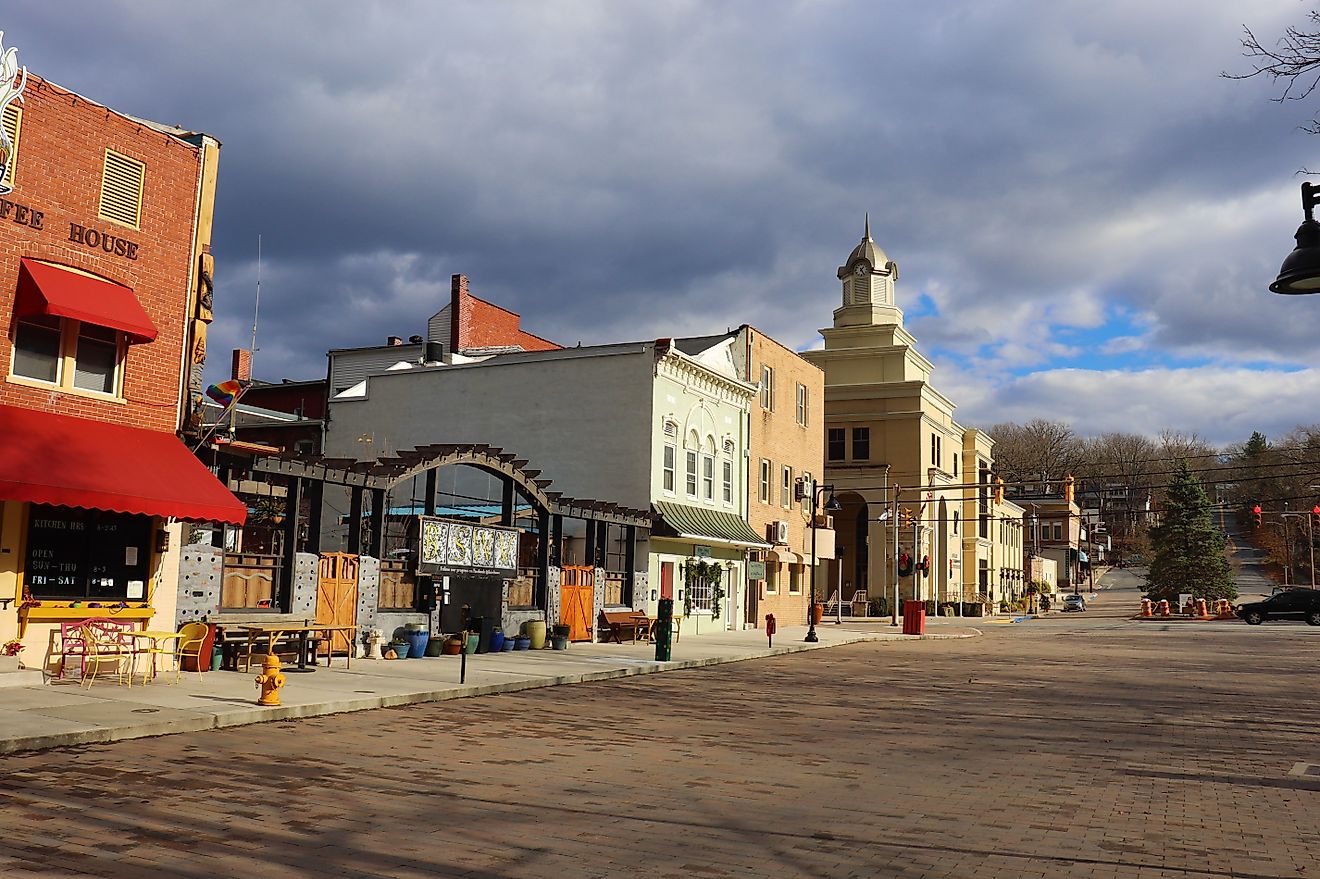
Branson, Missouri
Branson is a large city located in Taney and Stone Counties, in the State of Missouri, United States of America. The town was named after Reuben Branson, an early settler who was a postmaster and an operator of a general store in the area in the 1880s. Today, the city is home to a population of over 11,000 people and a popular destination for vacationers from Missouri and nearby states.
Geography Of Branson
The city of Branson is located in the Taney and Stone Counties in the Ozark Mountains, approximately 69 km south of Springfield, near the Arkansas state line. It is situated on the shore of Lake Taneycomo and close to Table Rock Lake and Bull Shoals Lake. All three lakes were formed by dams built on the White River. According to the United States Census Bureau, Branson covers a total area of 53.87 sq. km, of which 53.43 sq. km is occupied by land, and 0.44 sq. km is occupied by water.
Climate Of Branson
The city experiences a humid subtropical climate with continental climate characteristics. The hot season lasts from June to September, with July being the hottest month having an average high temperature of 32.2°C and a low temperature of 21.1°C. The cold season lasts from November to February, with January being the coldest month, with an average low temperature of -1.1°C and a high temperature of 8.3°C. The city receives an average annual precipitation of 43.09 inches and an average annual snowfall of 11.7 inches.
The Population Of Branson

In 2020, Branson, Missouri, had a population of 11,906 people with a median age of 40.6. The city has a growing rate of 0.78% annually, and its population has increased by 13.17% since the most recent census, which recorded a population of 10,520 in 2010. The largest ethnic groups in Branson are non-Hispanic White, making up 83.42% of the city’s population, the Hispanic group at 7.45%, Black or African American at 4.89%, and Asians at 3.04%. The minor ethnic groups are Two or more races representing 0.65% of Branson’s population, followed by Native American at 0.46%, and Native Hawaiian or Pacific Islander at 0.11%. As of 2019, around 10% of the city’s residents were born outside of the country. The most common birthplace for the foreign-born residents of Missouri is Mexico, followed by India and China.
Economy Of Branson

The median household income in Branson is $46,319, which is less than the median annual income of $65,712 across the entire United States. The city's economy employs around 46% of the residents in different industries. The largest ones are Accommodation & Food Services, Retail Trade, and Health Care & Social Assistance. At the same time, the highest paying industries in Branson are Professional, Scientific & Technical Services, and Public Administration. Between 2018 and 2019, employment in Branson grew at a rate of 6.57%.
Brief History Of Branson

Branson was a town of 1200 residents when it was incorporated on April 1, 1912. It was a resort town due to its facilities, including three hotels, a soft drink bottling factory, and a commercial ice plant. The women of Branson had significant contributions to the development of the town. They organized a Civic League in 1914 and began working on beautifying the streets of Branson. Many of them were employed or helped operate family businesses, established parks, and made life better in their community. Moreover, they helped pay off the debt on the old community building and got the land that was used to build a new community building in 1936. Community celebrations and events were planned, and the women of Branson provided their town a well-equipped municipal bathing beach in addition to a picnic ground on Lake Taneycomo.

By the 1930s, Lake Taneycomo became a major tourist attraction drawing people from nearby cities. The inexpensive vacation spot was accessible to distant or nearby cities by car or train. In addition to the lake, the town hosted street fairs, boat races, and community picnics, which helped the town survive the economic crisis and bank failures the Great Depression caused. After World War II, many artisans returned, artists came to Branson, along with service members and war industry workers. Among the artists who came to the town was the artist Steve Miller. He collaborated with the businessman Joe Todd to put a substantial lighted Adoration Scene on the mount Branson bluff across Lake Taneycomo. The lighting attracted many people, and in 1953, the sponsoring Chamber of Commerce took a leaf from Branson’s rich history of Santa Clause parades, costume competitions, and pet parades and added an Adoration Parade to the lighting ceremonies. The parade and ceremony attracted more visitors and draw crowds as large as 30,000 people nowadays. During the 1950s, the Table Rock Dam was constructed and completed in 1959. The dam protected Branson from floods that used to threaten their waterfronts. More tourists visited the area to enjoy the big new lake, the Herschends’ Silver Dollar City theme park, and the Trimble's new outdoor theater at the Shepard of the Hills Farm.
Tourist Attractions In Branson
Tourism has always been a significant contributor to Branson’s economy. The city is filled with tourist attractions and draws thousands of visitors annually.
The Titanic Museum
The Titanic Museum, located on County Boulevard, is a two-story museum shaped like the Titanic and anchored in the water. The museum was initially opened in 2006 and built to be half of the size of the original ship. The Titanic Museum is one of the biggest attractions in Branson. Visitors enter it through an artificial iceberg and are given a ticket on which a name of an actual Titanic passenger is written. The museum offers a one-hour, self-guided tour that provides visitors with the sensation of being part of the 1912 voyage. Visitors can also explore the fascinating artifacts from the Titanic in the 20 galleries and exhibits the museum hosts, in addition to the education programs in areas such as math, geography, and science.
Marvel Cave

Visitors also enjoy the Marvel Cave, located under the Silver Dollar City Theme Park. The cave was discovered by local Osage Indians before 1500 A.D and explored by the Spanish later on. The cave was called Marble Cave as Henry T. Blow, and other explorers entered the cave and thought they saw marble in 1869. Later on, the cave was renamed Marvel Cave and was opened for tours in 1894. It was the first major attraction in the Branson area back then. The cave has one of the largest entry rooms in North America and is a Registered Natural Landmark. Nowadays, the cave offers a traditional one-hour tour and a lantern tour where visitors are given lanterns.



